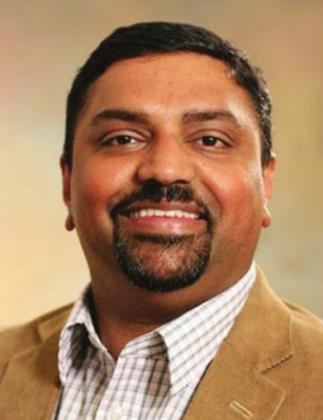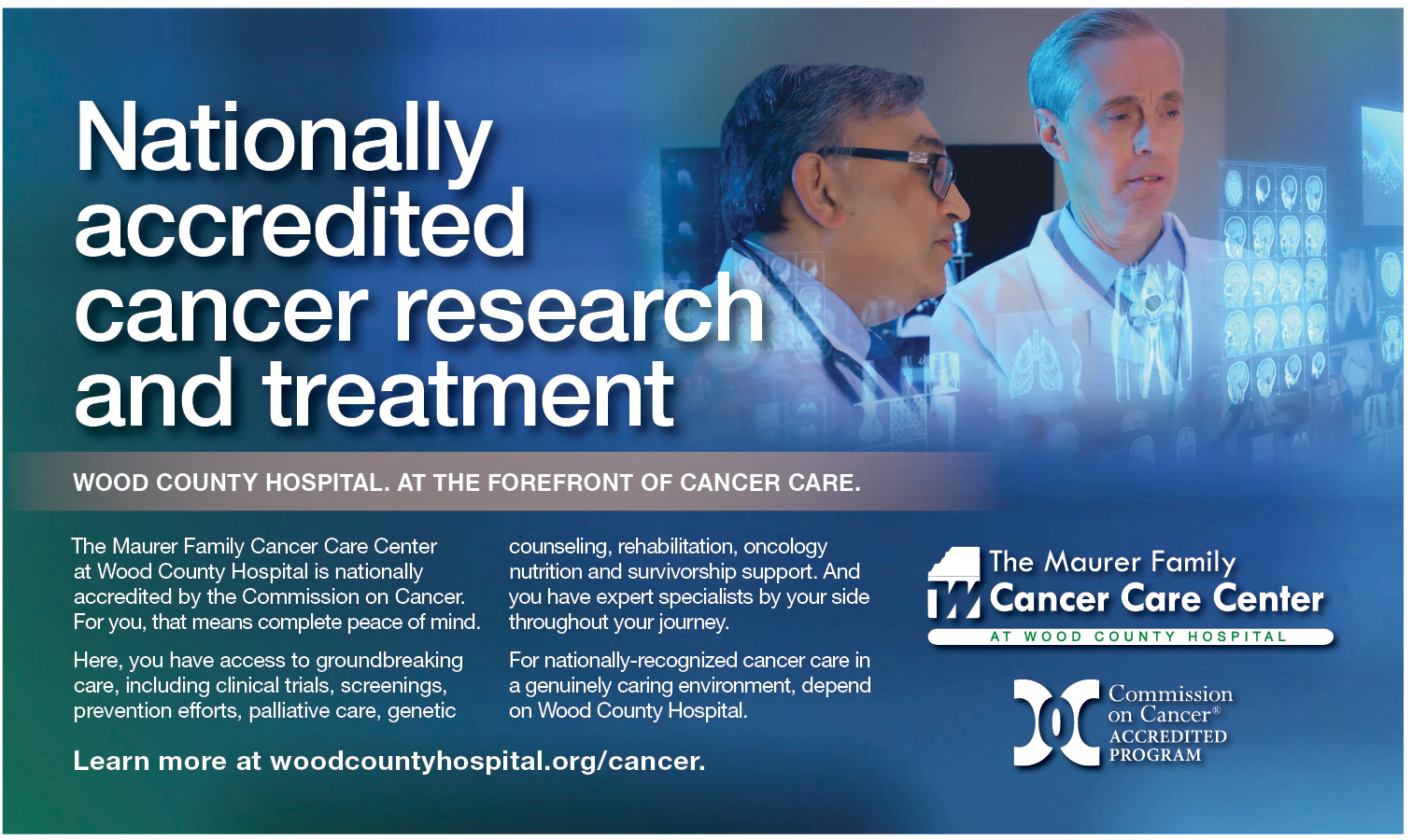THE UNIVERSITY OF TOLEDO MEDICAL CENTER IS AMONG THE FIRST HOSPITALS IN OHIO to offer a new heart failure treatment that can help a patient’s heart beat stronger and reduce symptoms caused by the chronic condition.
Approximately 6.5 million Americans are currently living with heart failure. With obesity and diabetes as key risk factors, that number is projected to increase significantly over the next decade.
“Heart failure happens when the heart is not able to pump blood as nature intended, and it represents a huge bulk of the patient population that we deal with,” said Dr. Paul Chacko, a board-certified cardiologist at The University of Toledo Medical Center. “Patients can suffer from fatigue, shortness of breath, and swelling in the legs or ankles, making everyday activities difficult. It can lead to a very poor quality of life.”
Heart failure cannot be cured, but with the right treatments, patients can slow progression of the condition and preserve their ability to live a more active lifestyle.
At UTMC, patients now have access to an innovative therapy called cardiac contractility modulation, or CCM. UTMC was the first hospital in the region to offer CCM therapy.
The implantable Optimizer device, which was approved by the U.S. Food and Drug Administration in 2019 for treating moderate to severe heart failure, sends precisely timed electrical pulses intended to improve the heart’s ability to contract and send oxygen-rich blood throughout the body.
While similar in size to a pacemaker, CCM therapy is different in that it is meant to act on the strength of the heart’s contractions rather than its rhythm. The device’s pulses, delivered in one-hour intervals five times a day, make changes to the heart muscle at the cellular level, strengthening the heartbeat over time and reducing symptoms including fatigue and shortness of breath.
Chacko said studies have shown those gains can continue to be made four to six months after the device is implanted. “We have limited options when it comes to treating heart failure. Medications aren’t effective in every patient and can lose effectiveness over time,” Chacko said. “Heart transplants are rare, and heart failure is such a common condition. In the right group of patients, this therapy can offer a real improvement in quality of life.”
Placing the Optimizer device is a minimally invasive procedure performed under light sedation. Generally, patients can go home the same day. In the weeks and months after the procedure, most patients are able to go farther in the six-minute walking test and reported higher quality of life in a standard, subjective survey.
“With this device, we’re able to provide a new, adjunctive therapy that can help a number of heart failure patients live better, more active lives, including some who were out of other options,” Chacko said. “Heart failure cannot be cured, but even small improvements can go a long way.”
To schedule an appointment and see if the procedure is right for you, call 419-383-3746.
Tyrel Linkhorn is a communications specialist at The University of Toledo.


